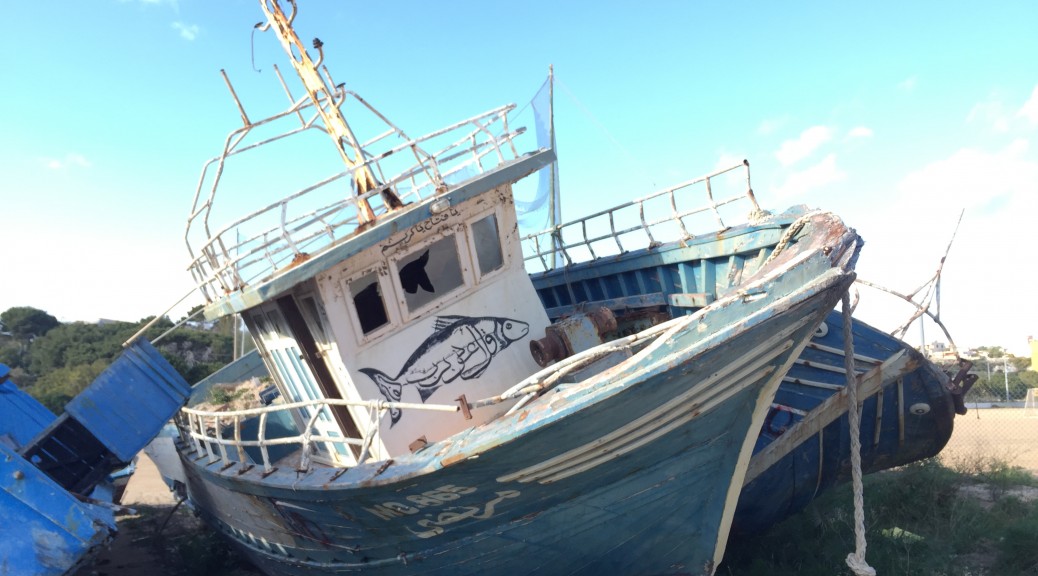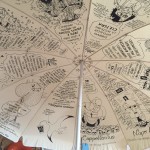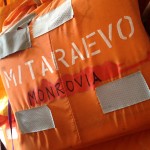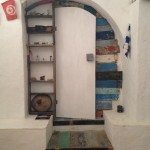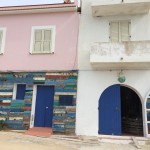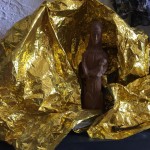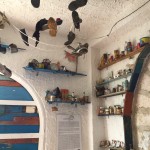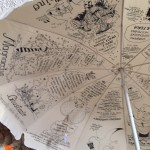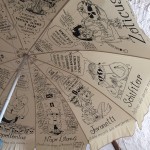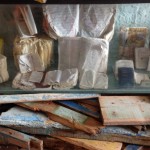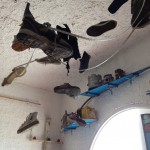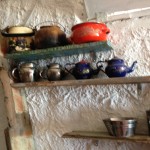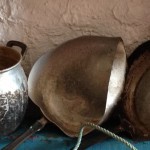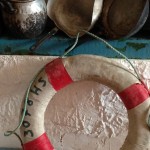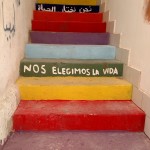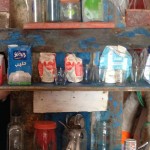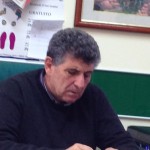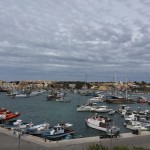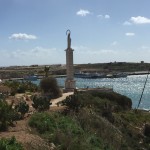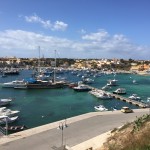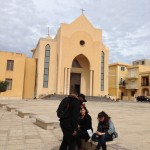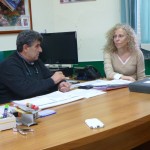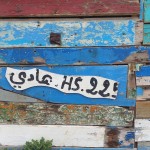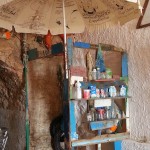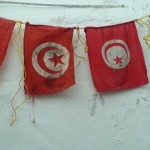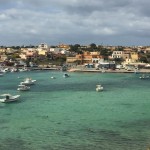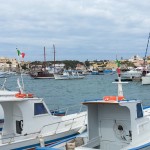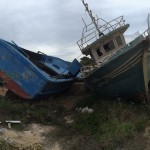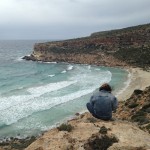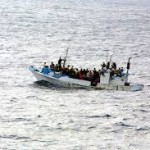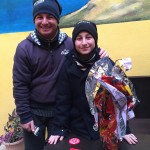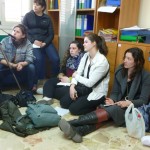March 10, 2016
3 weeks, 504 hours, and 30240 minutes is the time we have spent in Italy researching for our mosaic, and we are on our last day of the trip. During our three weeks, we have had remarkable interviews with people from different organizations, councils, and reception centers, but this day had to be one of the better days that brought everything on our trip together. Before we left Dickinson College, most of our reading pertained to migrants beginning their journey to Europe in Lampedusa. Finally, we have come to Lampedusa which is seen as a passing point into Europe for those migrants wanting to look for work in Germany and Sweden.
We began the day by going to a museum that featured belongings that were left by migrants along the shore or in the water. The museum is called Collettivo Askavusa (the Barefoot Collective). The structure of the museum is built into the rocky side of the coast. Inside, empty bottles, mostly water bottles, lined the wall with Arabic inscriptions. Additionally, there were religious statues and a fishbowl filled with religious texts from the Quran and the Bible, discarded life jackets, flip flops, and empty cigarette packs. The walls outside of the museum were decorated with different colored pieces of wood from boats that were confiscated.
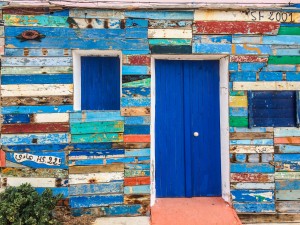
When entering the museum, the most striking object was an off-white umbrella with different comic inscriptions on each panel written in a black sharpie. With a closer look, you will see that each of the five panels criticized religious figures and European policies that reinforce the idea of Fortress Europe (borders). One of the panels featured the Pope walking on dead skulls.
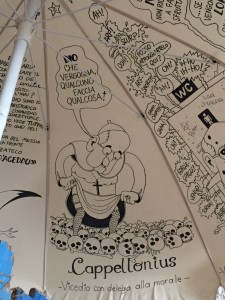
Pope Francis, however, visited Lampedusa in 2013 to bring attention to the migration crisis and to remember migrants that were lost at sea. As a present to a Catholic church in Lampedusa, he gave a cross with Jesus being sacrificed on a cross of paddles to signify the hardship of a migrant’s journey and to memorialize the many who have died attempting to cross the sea.
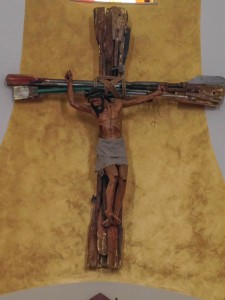
The parallel between Jesus’ suffering and the migrants’ suffering during their journey was powerful. At the back of the Church is a nativity scene placed in a boat at sea.
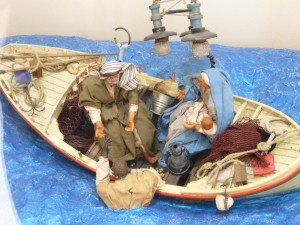
After visiting the museum, we met with Dr. Pietro Bartolo. He was the doctor who inspired the director of Fuocoammare , Gianfranco Rosi, to make a film about migration in Lampedusa. Dr. Bartolo provided Rosi with a flash drive of photos and videos of migrants he provided medical assistance for. Recently the documentary film, Fuocoammare, received the Gold Bear award at the 66th Berlin Film Festival. Dr. Bartolo is a sincere and soft-spoken man. There are many volunteers and assistants that come to help periodically, but Dr. Bartolo is the only constant doctor in Lampedusa at the only hospital on the island. He is, also, the only one that completes autopsies. Over the past two decades of working in the medical field, Dr. Bartolo has worked with and provided medical assistance to 250,000 refugees and migrants.
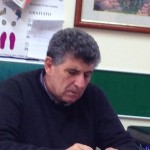
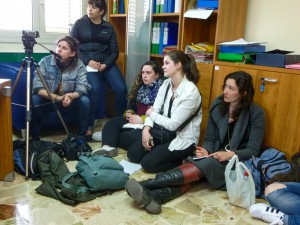
During our interview, he spoke of the different patterns of migration to Lampedusa from North Africa. He commented that in the early 2000s smugglers would travel with migrants, bringing them closer to the European border. Now that European policies and borders have changed to extend the European borders and security controls 30 kilometers off the coast of Africa, smugglers are providing smaller and less reliable boats for migrants to use, knowing that the migrants will likely be rescued by the Italian navy boats or Frontex. This increases the risks of migrants being injured due to the overcrowding in small boats. Furthermore, Dr. Bartolo told us why he gave Gianfranco Rosi the flash drive to produce Rosi’s docu-narrative film: he felt that it’s his duty to share the migrants’ experiences in order to prevent the violence against them from reoccurring. In our interview with him in Lampedusa, he mentioned that we are witnessing a second Holocaust, but there are many people who are not aware of the situation and/or people who chose to ignore what is happening. He wants to raise awareness so those who are in power can change the legislation and approach the situation in a more humanitarian way.
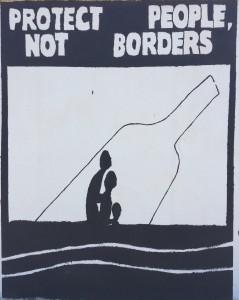
Our last interview of the day was with the Mayor of Lampedusa, Giusi Nicolini, and two other members of her cabinet.
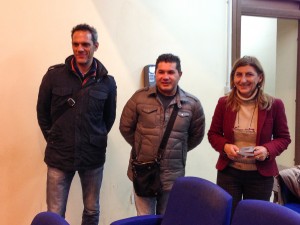
During our interview with Mayor Nicolini, she stated that one of her main foci during her campaign and throughout her term has been the focus on immigration. Lampedusa has received many migrants since the late 90s but especially between recently in 2010 and 2013. Her goal is to provide assistance to migrants coming into Lampedusa, but she also calls on the European Union to provide more assistance to Lampedusa and Italy. Additionally, she mentioned the distribution of funds provided to Turkey by the European Union to assist refugees and migrants, and her concern that the funds were not being used to improve the migrant camps or support migrants. Mayor Nicolini stressed the need for the European Union to work together to assist in-coming migrants and to assist member states, such as Italy and Greece with large inflows of migrants.
We would like to thank Dr. Bartolo and the Mayor Nicolini and her cabinet members for their time and efforts to help us understand the current migration situation in Lampedusa! Below are photos from the Collettivo Askavusa museum and other photos of Lampedusa.
